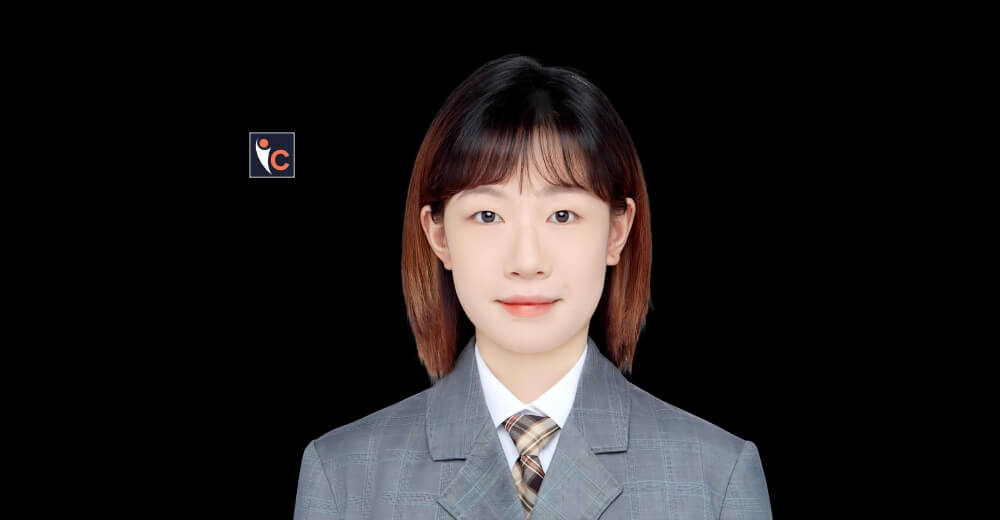Sensory processing is the hidden engine in a child’s growth, steering everything from their balance while walking to their ability to make friends on the playground. It is the complex neurological process that organizes sensation from one’s own body and the environment, thus making it possible to use the body effectively in the world. This intricate invisible process is critical for development of communication, cognition, social-emotional capacity, sense of self and overall well-being.
Consider sensory processing as the brain’s way of interpreting and conducting a symphony of sensory cues. Every stream of sensory data needs to be organized and then harmonized to create a “big picture” that makes sense. The brain, as the maestro, must constantly adjust the sensory volume and timing, integrating cues from each ‘instrument’ to create a seamless experience. When this process is smooth, children can ‘hear’ their own body’s movements and ‘feel’ the rhythm of their environment, allowing them to move, learn, and grow in harmony with the world around them.
Sensory integration is a complex process that helps kids figure out the world and their place in it. It’s the magic behind how kids learn to do everything from hugging to hitting a baseball, from writing their name to making friends. How we process sensation varies a great deal from person to person. Differences in sensory processing can be mild or profound and have the potential to help or hinder a person’s function and growth. For example, sensitive and precise sensory processing might lead to development of exquisite movement and equilibrium and a career as a gymnast. Alternatively, sensitive and hyperaware sensory processing (without the right support) might derail development of posture and movement, thwarting academic and interpersonal growth; this is sometimes called sensory processing disorder. Occupational therapists with advanced training in sensory integration are specialists in supporting differences in sensory processing.
Differences in sensory processing are more than just being over or under sensitive to sensation. Posture is a prime example. We are not just talking about sitting up straight or standing without slouching. Effective posture should allow for flexibility and movement, adapting to the task at hand, whether that’s sitting at a desk, turning to talk to a teacher, running on the playground, or bending over to tie a shoe. For posture, think of it as the base of a swivel chair. It allows for a full range of motion—turning, leaning forward, or reclining—yet it always returns to a balanced, upright position after the movement. Similarly, good posture in children provides a stable base from which they can move freely. It supports their ability to reach out, explore, and engage with their environment, and then re-center themselves to a balanced, neutral position, ready for the next activity. This dynamic base is fundamental to a child’s active and interactive life. Functional posture also reciprocally supports sensory processing. A stable and aligned posture provides a secure base from which the sensory systems can accurately perceive the environment.
Immature postural development makes school activities, tabletop work, fine motor development and engaging in sports extra challenging.
Motor planning, or praxis, is another huge part of child development that is critically dependent on functional sensory processing. Motor planning is the process of thinking up, organizing, and then doing a new action or task. It involves taking in information from the senses to understand where the body is and what a task needs, and then creating the movements to do it. Unsupported differences in sensory processing can mess up development of motor planning. When this happens, children may seem to prefer to sit still and intellectualize, be uncoordinated, or slow to learn new physical skills. Interestingly this aspect of development also supports organization in time and space, which means that looking at motor planning for the chronically disorganized child can be key.
Sensory processing also impacts social development. Every interaction, from sharing toys to playing team sports, has a sensory component. It’s about more than just talking and listening—it’s about interpreting a plethora of sights, sounds, and touches in real-time. Differences in sensory processing, might be like trying to have a conversation over a bad video connection. Data might lag or jump around, there might be echoes, or loss of certain qualities—like when a person’s voice on a call sounds robotic and loses expression. Experiences like this have tremendous potential to disrupt social interactions. It can result in most social exchanges feeling confusing and make it hard for a person to respond as expected in social situations. Sensory processing differences can make someone feel out of step with the people around them, affecting how they make friends and interact with others.
Emotional health is also tied to sensory processing. A child’s ability to handle their emotions can be influenced by how they process the sensations around them. If sensory information is overwhelming or confusing, it can be like trying to stay calm in a room where an alarm keeps going off. By supporting sensory processing differences, we’re not just improving a child’s day—we’re helping them build resilience and emotional well-being in the long term.
For parents, educators, and professionals, understanding sensory processing is key. It’s not about diagnosing or labeling children; it’s about recognizing the invisible threads that tie together their physical coordination, social skills, and emotional state. By tuning into these sensory needs, we can create environments and experiences that set the stage for children to thrive.
In essence, sensory processing is the silent conductor of a child’s developmental orchestra. When we acknowledge and support this process, we are not just hitting the right notes—we are creating a harmonious melody that resonates through every aspect of their growth. This isn’t simply child’s play; it’s a strategic investment in our future generation’s potential.
About the Author
Virginia Spielmann is the Executive Director of STAR Institute for Sensory Processing, a 501(c)3 non-profit and the leading global organization on therapy, education, and research in sensory processing. STAR Institute is based in Colorado, USA, and supports families from all over the world and all walks of life.
Virginia is an Occupational Therapist with a PhD in Infant and Early Childhood Development. Her extensive clinical experience includes autism, differences in sensory integration/processing, infant mental health, adoption, developmental trauma, and physical disabilities. She co-founded and authored the Critical Core therapeutic role-playing game and co-developed the Palaana sensory lounger with SLACK Lifestyle. Virginia is an author, researcher, international speaker and consultant, and in 2021 delivered the TEDx talk “Your Sensory Health Matters: Here’s Why”.
Read More: Click Here















